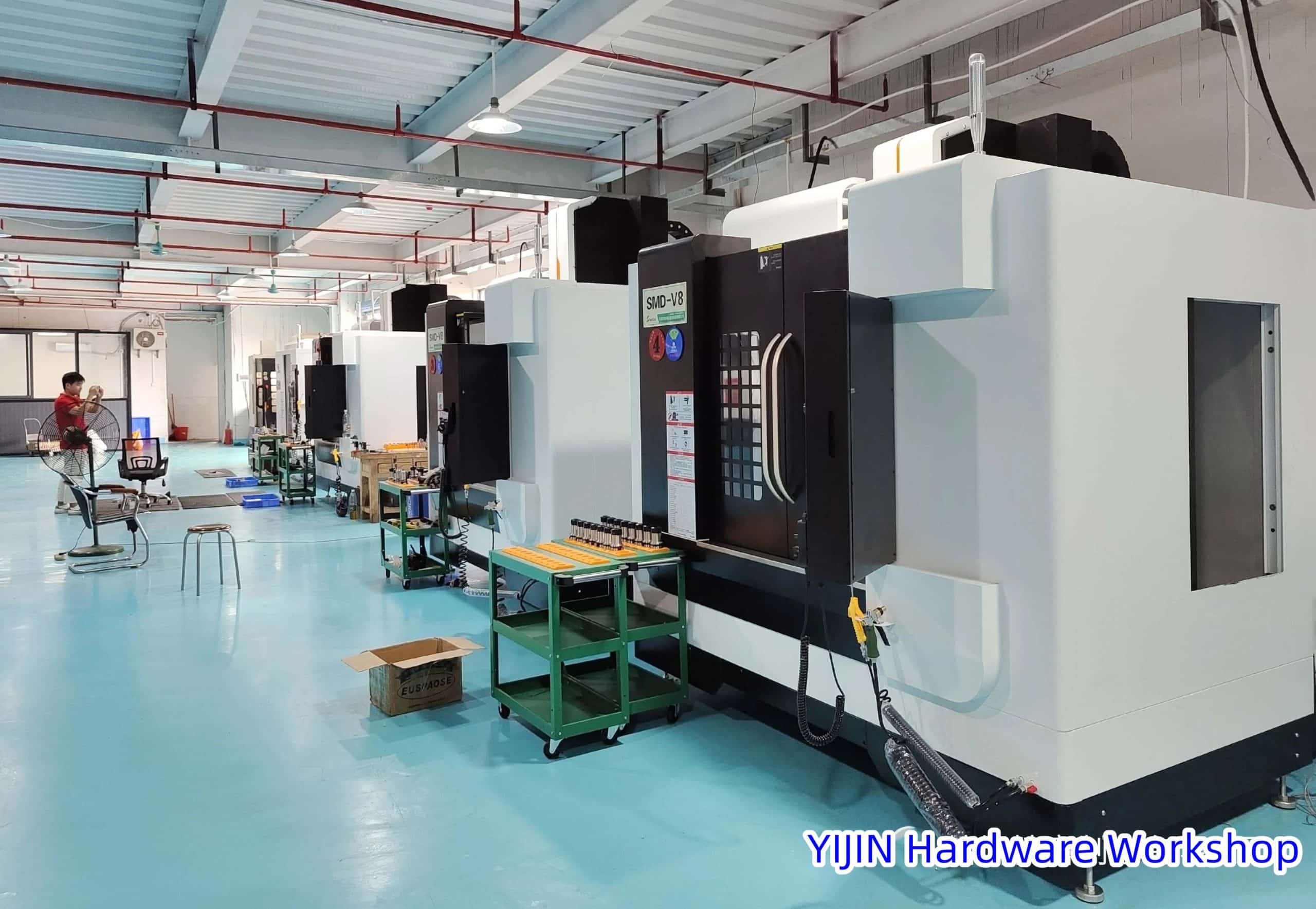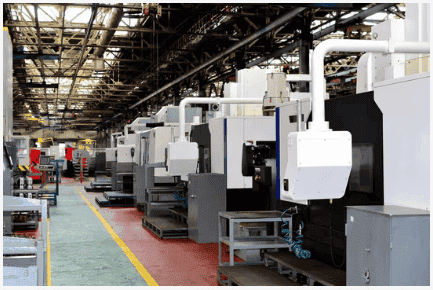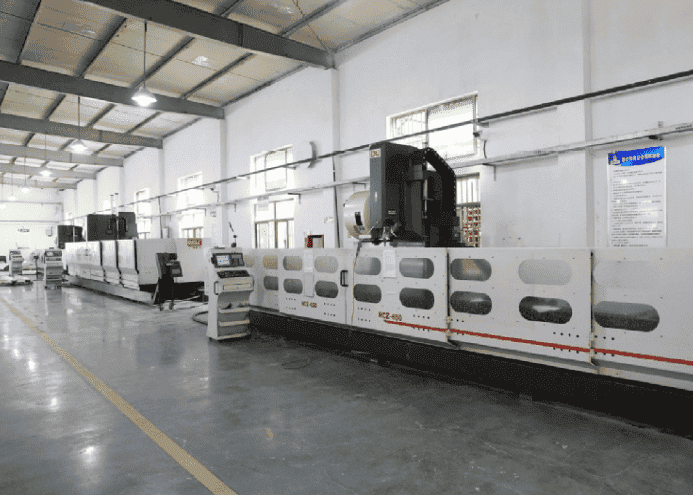Bolts are made by the following process
Cold-Drawing Technics
The development of cold processing requires(suitable for the bulk of production) continuous feed to the bolt-forming machine, and most of the raw materials for bolts are wire rods.
Because straight round steel or wire rod are made by rolling forming, the precision of outer diameter is difficult to meet the specified tolerance of bolts.
Before entering the molding machine, the straight round steel or wire rod is generally wiredrawing according to the outer diameter of the bolt specified by the molding, and then cut into appropriate lengths, and then head molding, thread molding, and heat treatment.
In the process of cold drawing, the deformation of material grain increases the hardness of the material, that is, the phenomenon of cold work hardening occurs.
But because the material is in the process of restructuring, sometimes need to reach the design diameter by several cold drawing, so in order to eliminate work hardening and uneven organization phenomenon, and increase the plasticity and toughness of the material, usually use annealing treatment to achieve the goal.
The annealing process generally chooses recrystallization annealing or spheroidization annealing, this step is between multiple drawing processes, so it is also called intermediate heat treatment.
The annealing process should pay attention to the control of annealing temperature and protection of the atmosphere if the compression ratio and annealing temperature with improper grain coarseness, which will lead to the mechanical properties of fasteners greatly reduced, but also easy to cause bolt damage.
If the protective atmosphere is not properly controlled, the material and oxidation atmosphere contact will produce a decarbonization phenomenon, decarbonization will weaken the fastening function of fasteners, resulting in loosening or tripping.
Pickling
Pickling is also one of the key drawing processes. Because the material will form a layer of the scale of different thicknesses on the surface of the material after hot rolling or heat treatment, the existence of oxide skin directly affects the lubrication effect of drawing, increases the drawing force, and aggravates the wear of drawing die.
Due to the large hardness of the oxide scale, it is easy to scratch the material, so the finished product can not meet the surface roughness requirements after drawing, so the material must be de-scaling by pickling before drawing. The most important problem of pickling is hydrogen embrittlement.
Part of the hydrogen generated in the pickling process of steel is absorbed by the steel matrix and diffused into the steel matrix, which increases the brittleness of steel and leads to delayed fracture.
Therefore, the process of pickling should be strictly in accordance with the concentration and temperature specified in the operation process of pickling technology, high-strength fasteners after pickling need to be heated within a specified time, so as to make the hydrogen atoms in the steel discharged.
Molding Techniques
The forming process of fasteners can be divided into a cold heading, a warm heading, and a hot heading according to different processing temperatures.
Cold heading technology is at indoor temperature, the blank material is placed between the upper, lower, and mold, and a certain pressure is applied to make the blank material produce axial compression and radial expansion into a reserved shape.
Its advantages are high precision, reasonable metal streamline that can be obtained after upsetting, its structure and mechanical properties can be improved, as well as the material utilization rate. Its disadvantage is that the upsetting force is large, and the material preparation is more demanding.
The temperature upsetting process is a method of pressure machining by heating the material below the recrystallization temperature (the upper limit is about 600℃).
Its advantage is that the forging upsetting force is reduced by 25% compared with cold upsetting, the precision of the finished product is similar to that of cold upsetting, there is basically scale freely, and the die life is significantly improved compared with cold upsetting.
Its disadvantage is to controlling the temperature to be more accurate, too high some metal will appear blue short, and too low will affect filling, but also to choose a specific lubricant.
Hot upsetting technology is to heat the metal to the solid line 150~250℃, placed it in the mold, and under pressure to produce plastic deformation and obtain the desired shape and size. The hot upsetting process is carried out at high temperatures.
It is suitable for processing small batch repair parts, abnormal parts, stainless steel, and other fasteners which with great difficulty in the cold heading.
Its disadvantages are high heating temperature processing, easy-to-produce oxide, and decarburization layer, poor precision of finished products and machining allowance, and low material utilization rate.
Bolt Size
Bolt thread is divided into many national standards. Including German standards, Japanese standards, American standards, and International standards.
American standards and international standards are the most commonly used standards in the world, and each standard is divided into fine thread and coarse thread.
The following tables are a brief introduction to mechanical thread specifications, which are the commonly used standard.
The above examples are only part of the commonly used mechanical bolt threads. There are many kinds of bolt sizes and standards. I wonder if you want to know more about bolt thread sizes, please contact Yijin Hardware freely. We would like to tell you more about it.
How To Measure The Bolt Size?
Then it is to measure the head of the bolt, because the size of the head is different for each customer’s purpose, and the size required is also different, so we will not expand into details.
That is to say, when measuring with calipers, it is not necessary to include the bolt head measurement, only the length of the bolt thread diameter.
Like a countersunk head screw, or flat head screws, this kind of bolt length measurement is different, which length size measurement standard is thread diameter including bolt head measurement, using caliper measurement, from countersunk head screw head to screw thread tail directly measured, that is, the length of the whole screw size is its thread length. Commonly used tools for measuring bolt size are a Digital caliper, digimatic micrometer, thread ring gauge, screw pitch ruler, and so on.
 Call Us Today! (+86) 188-2253-7569
Call Us Today! (+86) 188-2253-7569



